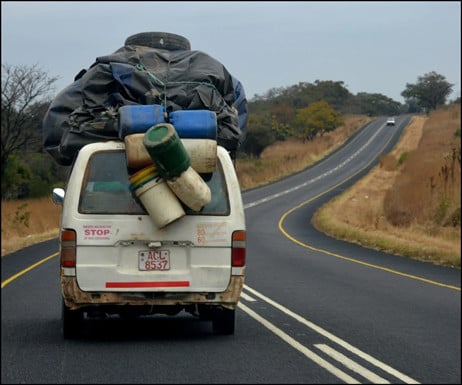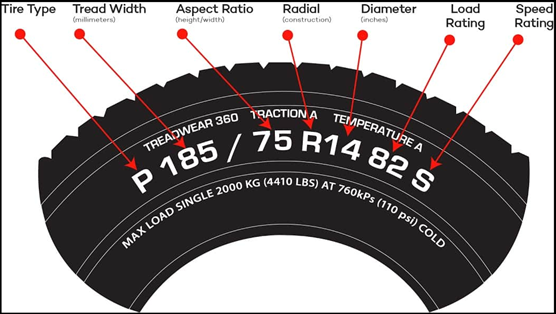How to Avoid Overloading Your Vehicle During a Home Move

Overloading your vehicle by packing it above its maximum weight capacity can be very dangerous. Overloading can lead to a whole host of driving problems, including:
- Increased risk of tire blowouts
- Poor steering
- Increased braking distances
- Damage to your car’s suspension
- Reduced top speed
Since vehicle overloading often happens during house moves, here are some tips to avoid overloading and the potential damage to your vehicle caused by it.
Look out for Your Car Tire’s Maximum Weight Rating
All cars have a maximum weight that they can carry without risking damage to their brakes and suspension. You can find out what this weight is by looking at your vehicle’s driver manual.
The weight that you want to look out for is your vehicle’s gross vehicle weight rating (often abbreviated as GVWR). If you are unsure whether your vehicle, loaded with all your passengers and other goods, exceeds its GVWR, then you can take it to a vehicle weighing station. Vehicle weighing stations are dotted frequently along highways and charge around $30 to weigh your vehicle.
Something that people are often less aware of is that tires also have a maximum weight that they can safely carry.
You can find the maximum weight that a tire can carry by looking at the numbers on its sidewall. The penultimate double or triple-digit number on the outer ring of numbers on a tire’s sidewall indicates its load index, and you can work out a tire’s maximum weight from its load index using this table.
Take extra care to look at your tire’s load index if you have replaced your tires in the past. Replacement tires may have a different maximum load to original tires, and you should never exceed the maximum load weight of any of your tires.
Put Your Heaviest Items in the Middle of Your Car
You can protect your tires from the effects of overloading by putting your heaviest items in the middle of that car. Heavy items exert more force onto your tires the closer they are to them, so moving them away from your tires should lessen your risk of blowouts.
You can test whether your tires are at risk of being overloaded by measuring the gap between the frame of your car and the top of the tire. At a minimum, there should be a 2-inch gap between the frame and the tire.
Try to Spread Your Weight Symmetrically
Having one side of your vehicle significantly heavier than the other can affect your steering, particularly when you are traveling at higher speeds. When packing your car, in addition to putting your heaviest items in the middle of your car, try to keep the weight on either side of your car as evenly as possible.
Remember to take into account the weight that passengers can add to either side of your vehicle.
Utilize a Local Moving Service
The only way you can guarantee that you do not damage your vehicle during your move due to overloading is to let professional movers handle transporting your belongings for you. Our highly skilled Frisco full-service movers and packers can assist with every aspect of your move. Our Texas moving and packing company delivers high-quality moving services and customer support. Contact or call us at (972) 412-6033 today!
| Guest Blogger: Mike Skopard is CEO and Co-founder of United Tires LLC. United Tires LLC specializes in providing quality used tires both online and local customers. Their team is committed to high-quality and services for complete customer satisfaction.

